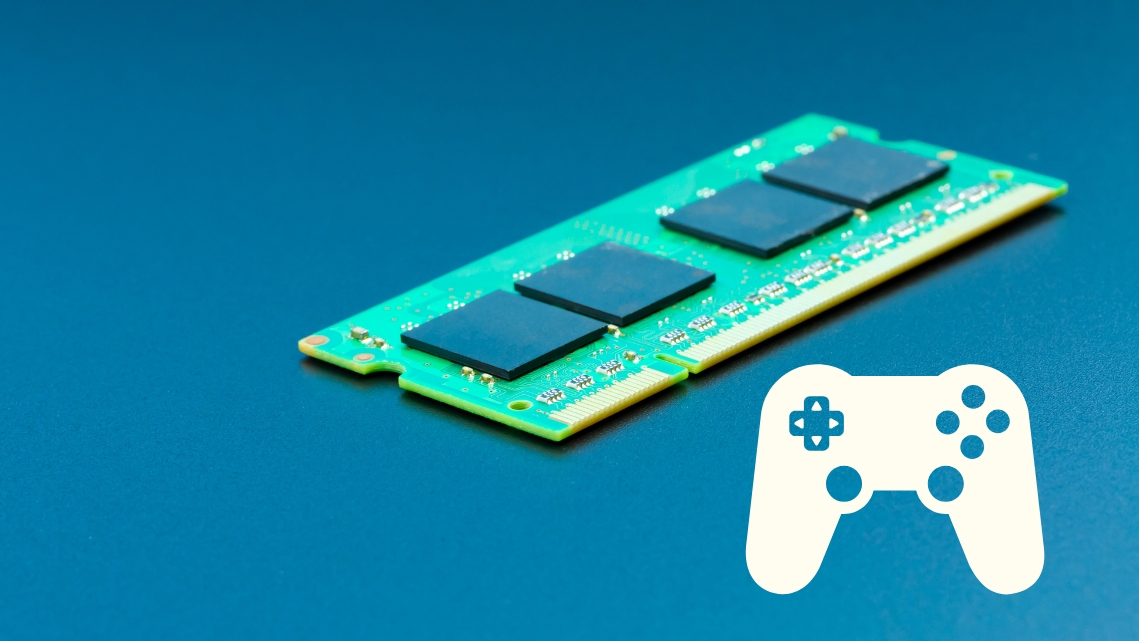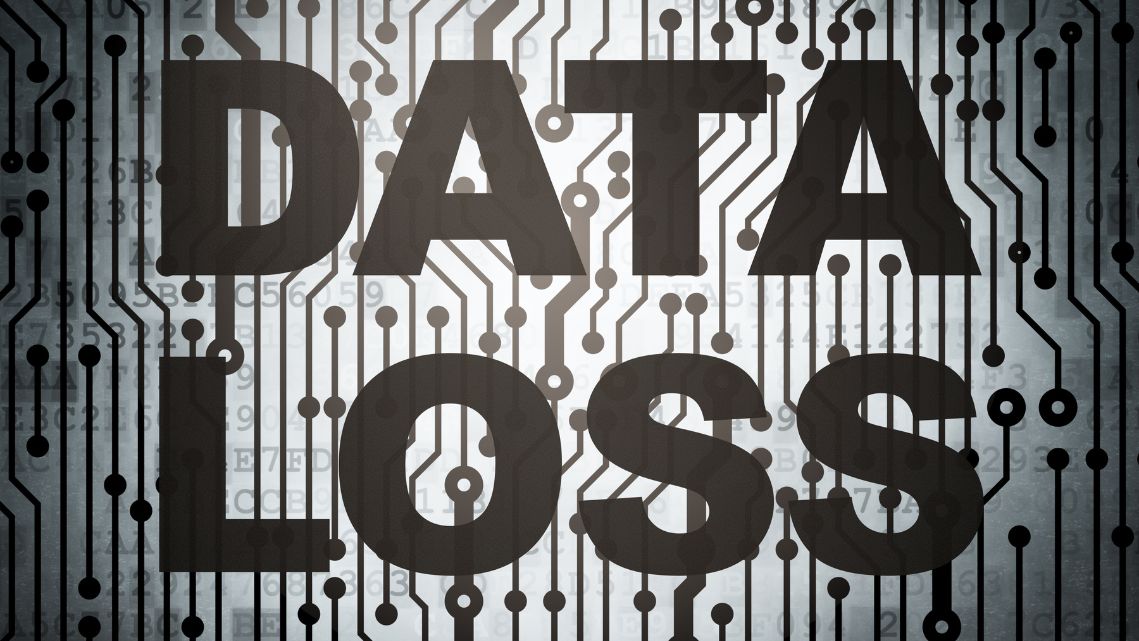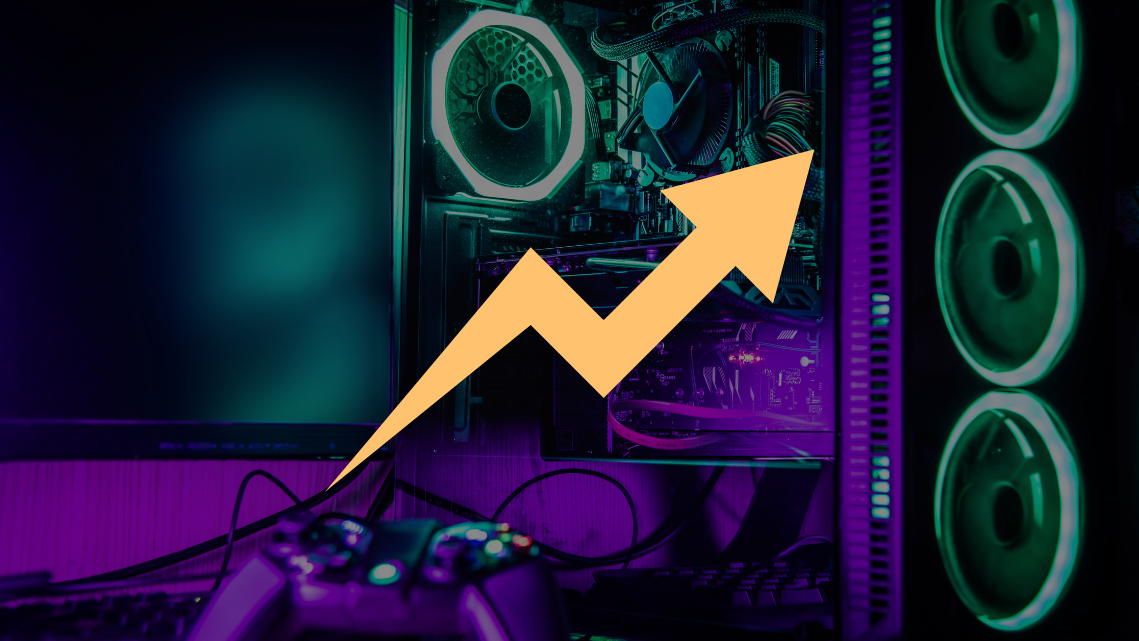How to Troubleshoot a Computer That's Unable to Install Updates
Keeping your computer up-to-date with the latest install updates is crucial for optimal performance and security. However, encountering issues during the update installation process can be frustrating. This guide provides a comprehensive approach to troubleshooting a computer that’s unable to install updates.

Understanding the Importance of Updates
Begin by emphasizing the significance of regular updates for a computer’s operating system and software. Explain how updates address security vulnerabilities, introduce new features, and enhance overall system stability.
Checking Internet Connection
Explore the role of a stable internet connection in the update process. Highlight common connectivity issues that may hinder the download and installation of updates, and provide step-by-step guidance on troubleshooting network problems.
Verifying Sufficient Storage Space
Examine the impact of insufficient storage space on update installations. Guide users through the process of checking available disk space, deleting unnecessary files, and optimizing storage to ensure updates can be successfully installed.

Running Windows Update Troubleshooter
Introduce the Windows Update Troubleshooter as a valuable built-in tool for identifying and resolving common update-related issues. Walk users through the steps of accessing and utilizing this troubleshooter effectively.
Temporarily Disabling Antivirus Software
Discuss the potential interference of antivirus software with update installations. Guide users on temporarily disabling antivirus protection to rule out any conflicts during the update process and ensuring it is re-enabled promptly afterward.
Reviewing Update History and Error Codes
Encourage users to check the update history and error codes associated with failed installations. Provide insights into interpreting error messages, allowing users to pinpoint specific issues hindering the update process.
Manually Downloading and Installing Updates
Empower users to take control by manually downloading and installing updates. Walk them through the steps of accessing official update repositories, selecting relevant updates, and executing the installation process outside of the automated system.
Seeking Professional Assistance
Acknowledge that certain update issues may require professional assistance. Advise users to consult with technical support or IT professionals when faced with persistent challenges that cannot be resolved through standard troubleshooting methods.
Conclusion
In conclusion, troubleshooting a computer that’s unable to install updates involves a systematic approach, ranging from basic connectivity checks to more advanced solutions. By following these steps, users can address common issues, maintain a smoothly functioning system, and ensure their computer stays updated with the latest features and security enhancements.





